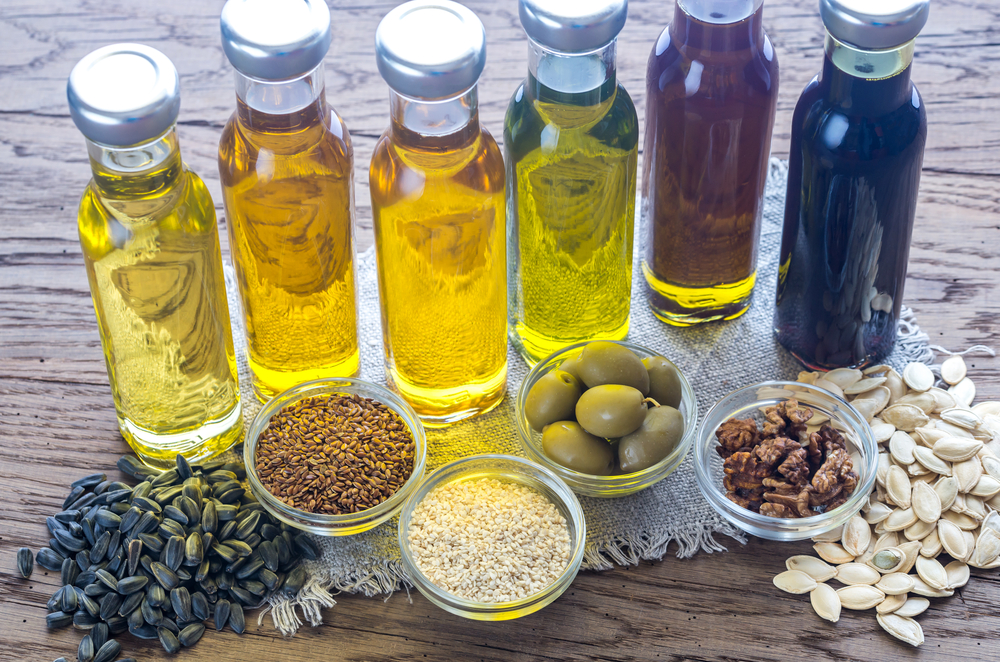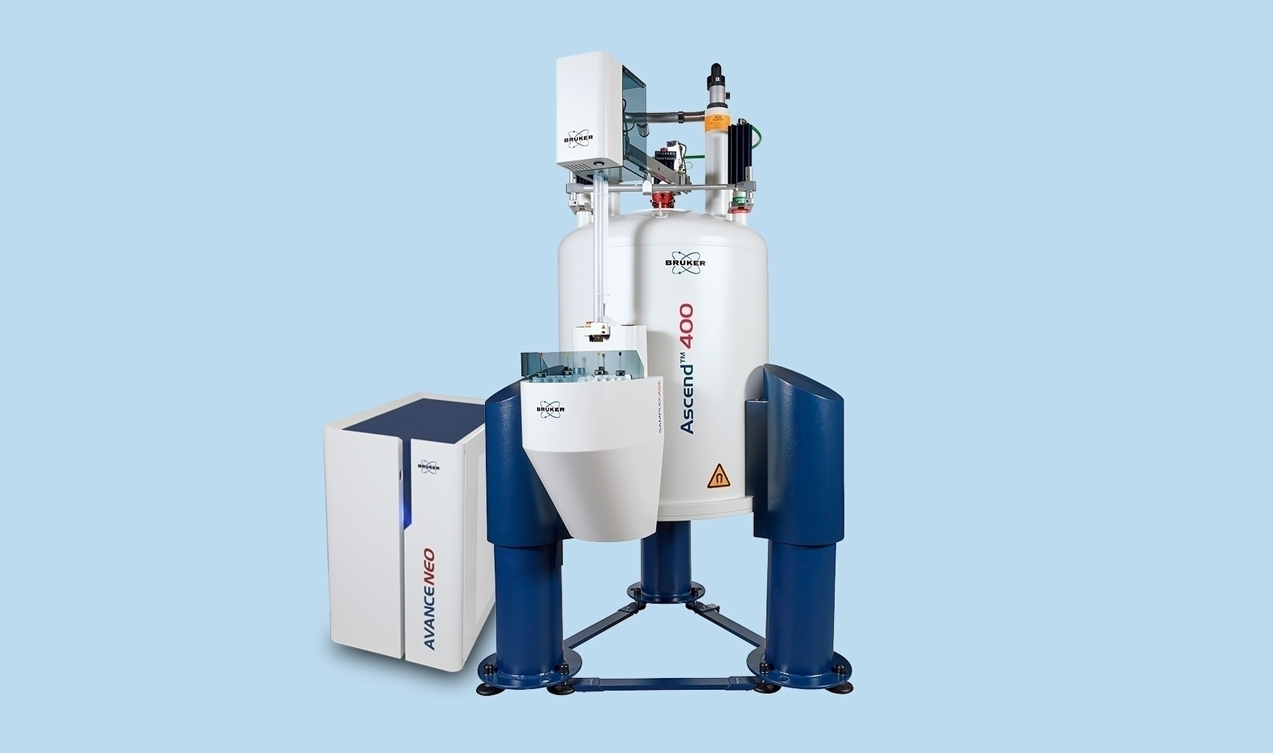

Healthier Hybrid Palm Stearin Has Equivalent Properties to Palm Stearin (For Research Use Only)
“…rheological and microstructure analyses suggested that HPS/PKO enzymatically interesterified is a promising candidate for utilization in various fatty products.”
For research use only.
Vegetable fats are commonly used in the preparation of many foods as a healthier alternative to animal fat. Typically, oils obtained from plants are high in unsaturated fats, whereas animal fat tends to contain mostly saturated fats. Saturated fats carry the risk of plaques forming that can narrow or block arteries giving rise to cardiovascular disease. Polyunsaturated fats are associated with a significantly lower risk of cardiovascular disease than saturated fats.
Oil from the African oil palm tree is widely available, making it one of the primary global sources of vegetable fat. Unfortunately, it is one of the vegetable oils that contains a high proportion of saturated fatty acids. Due to the negative effects, high levels of saturated fat can have on health, the use of palm oil in food products is strongly discouraged. However, the good thermal stability, beneficial culinary functionality, and low cost make African palm oil a desirable fat source for the food industry.
Since the American oil palm tree has a much lower saturated fat content than the African oil palm, a hybrid oil palm has been developed by crossing the African oil palm and American oil palm. The resultant plant has been shown to produce an oil with low saturated fat content and studies have confirmed that hybrid palm oil is associated with a favorable blood lipid profile that does not increase cardiovascular disease risk. Apart from the demonstration of an increased shelf-life, the physiochemical properties of the hybrid oil have not been widely studied. Furthermore, there is no data confirming that hybrid palm oil has properties that make it suitable for replacing African palm oil. Consequently, the uptake of the hybrid palm oil by the food industry has been low.
The current study was conducted to investigate the feasibility of replacing palm oil with hybrid palm oil. After enzymic interesterification, a mixture of hybrid palm stearin and palm kernel oil was analyzed in terms of composition and physical, thermal, rheological, and microscopic properties. The findings were compared with those obtained for traditional palm stearin.
Assessments were made by nuclear magnetic resonance (NMR), gas chromatography, rheology, differential scanning calorimetry, and polarized light microscopy. NMR measurements to determine solid fat content were made across a range of temperatures every 24 hours by pulsed NMR using a Bruker Minispec-mq20 spectrometer at a resonance frequency of 20 MHz.
Interesterification produced hydrolyzed and esterified lauric, palmitic, and oleic acids and decreased the melting and crystallization temperatures of the oil. The resultant hybrid oil demonstrated fast structuring and/or crystallization and rapid stabilization of the number and size of the crystals. The fat crystals formed were consistently small, preventing the mix from developing a granular texture.
The consistency and functional properties of the novel hybrid mixture were shown to be similar to those of the standard palm stearin/palm kernel oil mix. All samples demonstrated fluid-like behavior and rheology results indicated that the interesterified blends of palm stearin and hybrid palm stearin achieved complete structure and crystallized within a similar timeframe.
It was also confirmed that the hybrid oil mix had a higher proportion of unsaturated fatty acids than the standard palm stearin /palm kernel oil, making it a healthier alternative.
These data thus support the use of hybrid palm stearin as a healthy replacement for palm stearin as a vegetable fat ingredient for use in the food industry.
Reference:
Janin Flores Ruedas R, et al. Journal of Food 2020;18(1):1-10. https://doi.org/10.1080/19476337.2019.1699168

